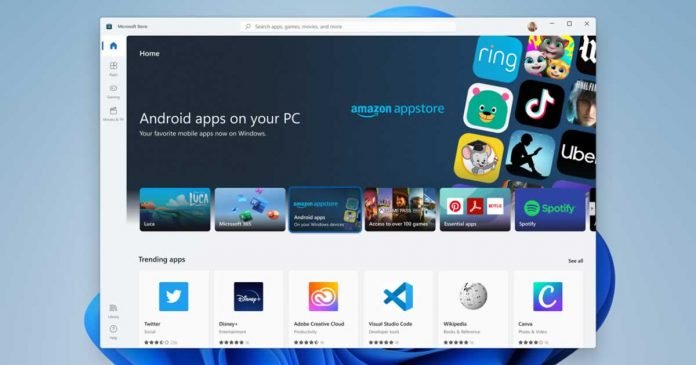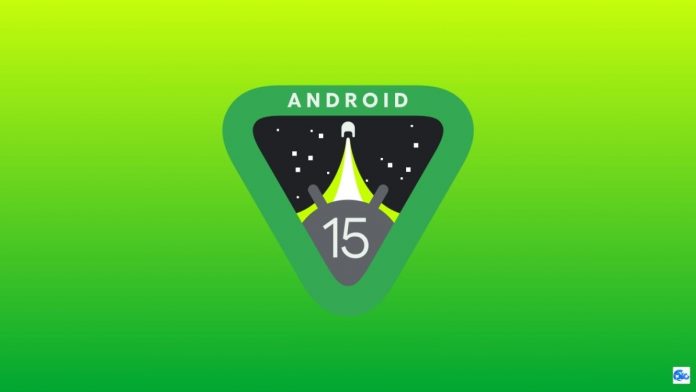In the world of crypto cowboys, blockchain technology meets luxury lifestyles and equestrian sports. From buying horses to securing ownership records on the blockchain, cryptocurrency has changed the world of how people trade to a different level. Explore the unique intersection of digital assets and elite country club living. Experts use decentralized networks to make their high-end hobbies smarter, faster, and more secure. They do want to indulge in high-end hobbies due to the transparency, trustworthiness, and efficiency that crypto offers. Don’t be surprised if crypto finds its way into the saddlebags and stables of the ultra-wealthy faster than you can say “giddy up.” The crypto cowboy lifestyle is already galloping ahead.
Blockchain Technology and Its Potential Applications in Equestrian Sports
Blockchain technology has the potential to revolutionize equestrian sports in many ways.
Improved Record-Keeping
Blockchain is ideal for securely recording and maintaining information. It could be used to log details about a horse, such as its lineage, medical records, and competition history in a transparent yet secure manner. This “equine passport” would provide a trusted record of a horse’s identity and history. This will ensure all information is accessible to owners, trainers, and veterinarians.
Enhanced Betting
Blockchain-based smart contracts facilitate betting on equestrian events in a decentralized manner. Bets could be placed directly between individuals; the results are quick and automated. This can reduce the administrative burden on organizers and ensuring fair competition for all participants. This could open equestrian betting to a global audience and increase interest in the sport.
Fair Judging
Some equestrian events rely heavily on subjective judging. Blockchain could be used to develop a transparent scoring system, with judges’ scores recorded on digital ledger. This could help identify any anomalous scores and make judging fairer and more objective.
Improved Ownership Records
For valuable competition horses, clearly establishing ownership and lineage is important. Blockchain provides an immutable record of ownership transfers, breeding records, and the horse’s family tree. This could help verify a horse’s identity, confirm ownership claims, and trace its history.
Blockchain technology holds a lot of promise for equestrian sports through improved record-keeping, transparent betting and judging systems, and secure ownership records. Although still a niche use case, blockchain propel equestrian sports into the modern digital age and expand its appeal to new audiences. Another possible scenario might be the deployment of blockchain technology to verify the origin of equestrian sports items and collections by using digital certifications of authenticity.
This would effectively curb counterfeiting and fraud resulting in the memorabilia market being authentic and trusted to collectors as they would be purchasing genuine items. The potential applications are vast, though further development and testing are still needed to determine how impactful blockchain may ultimately be.
NFT Horse Collectibles – Owning Digital Racehorses and Show Jumpers
The equestrian world is accepting blockchain technology through NFT horse collectibles. NFTs, or non-fungible tokens, are unique digital assets with blockchain-based ownership. NFT horses are one-of-a-kind digital racehorses, show jumpers or stallions that can be collected and traded.
Buy, Breed and Race NFT Horses
Some NFT horse platforms like ZED RUN allow you to buy, breed and race digital thoroughbreds. You can bid on rare, high-stat NFT horses at auction and build a breeding stable to produce valuable foals. The genetics and stats of your NFT stallions and mares affect the attributes of their offspring. You can then train and race your NFT foals against other players, with race results and leaderboards recorded on the blockchain.
Show Jumping and Dressage Competitions
Other NFT horse platforms focus on show jumping, dressage, and other equestrian disciplines. You can collect NFT horses of various breeds, train them, enter them in competitions and earn prizes and points. Leaderboards rank the top NFT riders and their digital steeds. These show-jumping platforms bring excitement using blockchain technology in equestrian competitions virtually.
A New Frontier for Horse Enthusiasts
For equestrian enthusiasts and horse owners, NFT horses represent an exciting new frontier. You can experience the thrill of breeding, training, showing and racing prize horses without the high cost of care and maintenance. NFT horses also open up equestrian sports to a much wider group of people. And for serious collectors, rare, high-value NFT horses could become coveted digital assets. The equestrian world is galloping into the future with NFTs.
Conclusion
You’ve just scratched the surface of how crypto cowboys are revolutionizing luxury lifestyles with blockchain. With innovative tech merging into exclusive spaces like polo and show jumping, there’s no limit to what could be in store. Maybe one day you’ll be bidding for a prized stallion with cryptocurrency or tracking your thoroughbreds on a blockchain network. For now, keep your eyes open as this new frontier continues to evolve. Who knows, you might just find yourself adopting a little cowboy swagger as you explore what lies ahead in this exciting intersection of luxury living and blockchain technology.









